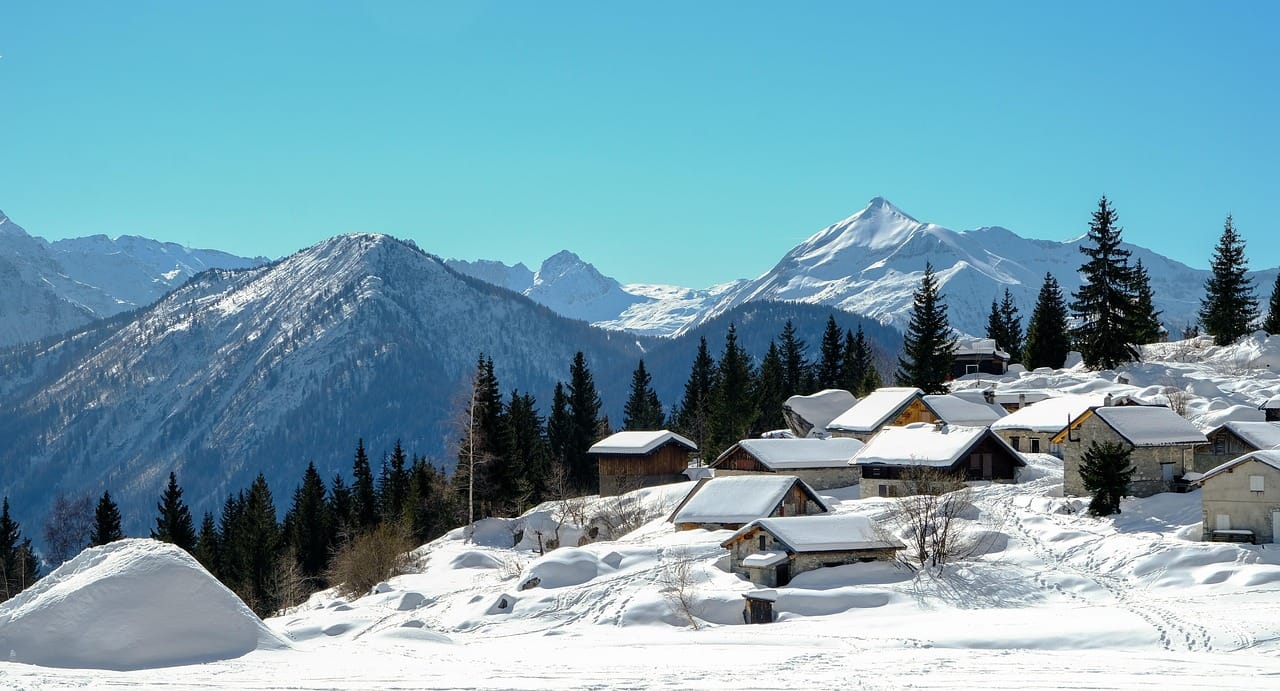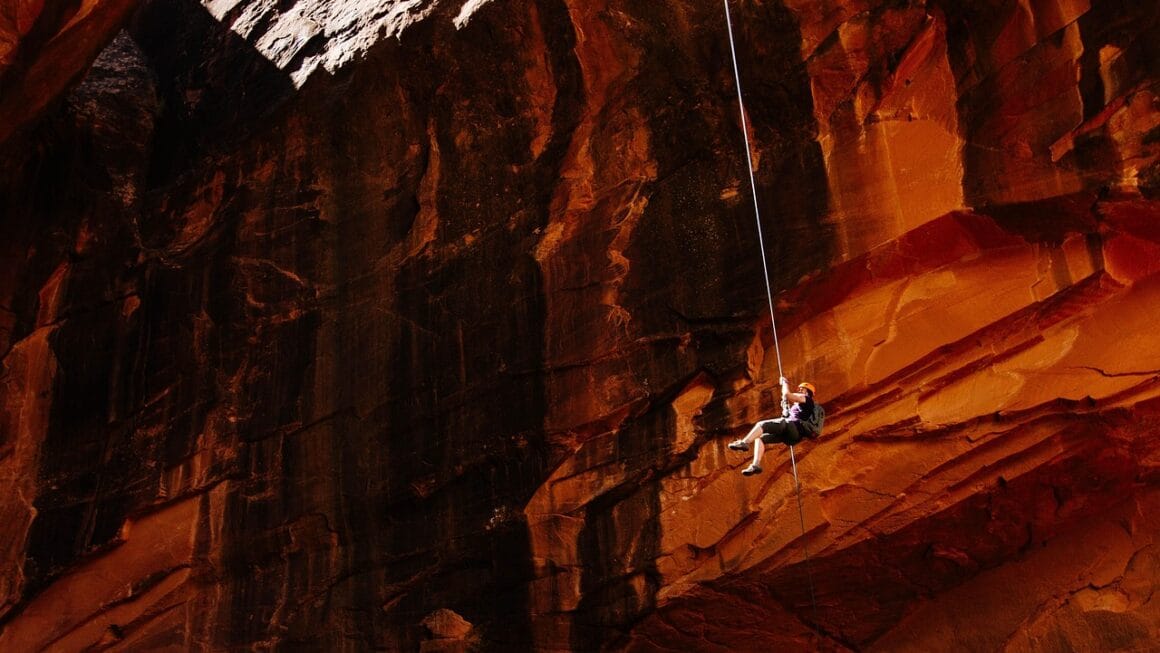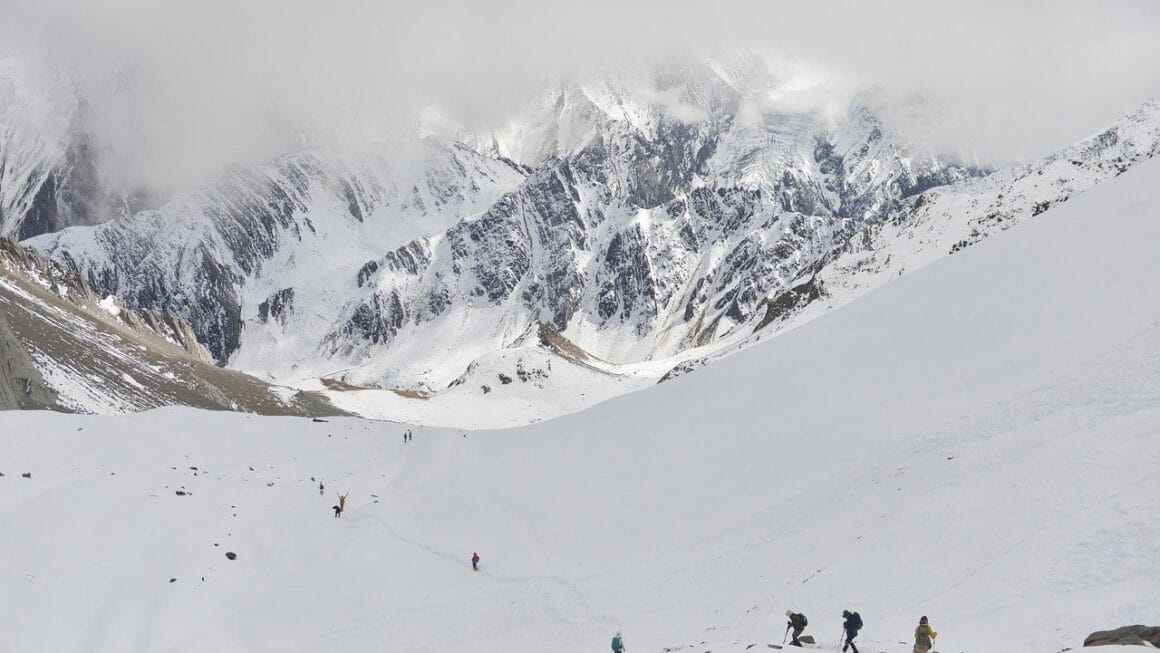Backpacking is more than just hiking; it’s an immersive journey that combines the thrill of exploration with the challenge of self-sufficiency. Imagine yourself navigating rugged terrain, camping under a blanket of stars, and pushing your physical and mental limits, all while carrying everything you need on your back. This isn’t just a vacation; it’s an adventure that forges resilience, fosters a deep connection with nature, and creates memories that last a lifetime. Whether you’re a seasoned outdoor enthusiast or a curious beginner, this guide will equip you with the knowledge and insights you need to embark on unforgettable backpacking adventures.
Planning Your Backpacking Trip
Choosing Your Destination
- Research is key. Consider factors like your skill level, time of year, weather patterns, and permit requirements.
- National Parks: U.S. National Parks offer incredible backpacking opportunities, but often require permits booked months in advance. Examples include Yosemite National Park’s backcountry and the Grand Canyon.
- National Forests: Offer more flexibility, with dispersed camping options and often fewer permit requirements. The White Mountain National Forest in New Hampshire is a popular choice.
- International destinations: The Annapurna Circuit in Nepal or the Torres del Paine National Park in Chile are world-renowned backpacking destinations for experienced hikers.
- Example: For a beginner in the spring, consider a 2-3 day trip on a well-maintained trail in a state park, like the Dolly Sods Wilderness in West Virginia.
Setting a Realistic Itinerary
- Assess your fitness level honestly. Don’t overestimate your abilities, especially on your first few trips.
- Factor in elevation gain: A moderate mileage day on flat terrain can become extremely challenging with significant elevation gain.
- Plan for breaks: Schedule rest stops and buffer time in case of unexpected delays or difficult terrain.
- Daily mileage: Beginners should aim for 5-8 miles per day, increasing the distance as they gain experience.
- Example: For a 3-day trip, plan for day 1: 6 miles, day 2: 8 miles, day 3: 4 miles to allow for a comfortable exit.
Obtaining Necessary Permits and Reservations
- Permits: Required for many popular backpacking areas to manage crowds and protect the environment. Check the specific regulations for your chosen destination.
- Reservations: Campsites may need to be reserved in advance, especially in peak season.
- Contact the relevant land management agency: National Park Service, US Forest Service, or Bureau of Land Management.
- Example: Yosemite National Park requires a wilderness permit for overnight backpacking trips, which can be obtained through their online reservation system. Failure to have one can result in a fine.
Essential Backpacking Gear
The Backpack
- Size: Choose a backpack that fits your torso length and trip duration. Sizes typically range from 50-75 liters for multi-day trips.
- Fit: Get professionally fitted at an outdoor store to ensure proper weight distribution and comfort.
- Features: Look for adjustable straps, hip belts, and sternum straps for a customized fit. Internal or external frame options are available, with internal frames being more common.
- Weight: An empty backpack should ideally weigh no more than 4-5 pounds.
- Example: Osprey Atmos AG 65 (men’s) or Aura AG 65 (women’s) are popular choices known for their comfort and adjustability.
Shelter and Sleeping System
- Tent: Choose a lightweight, durable tent appropriate for the expected weather conditions. A 3-season tent is suitable for most backpacking trips.
- Sleeping Bag: Select a sleeping bag with a temperature rating appropriate for the coldest anticipated temperatures. Down fill is lighter and more compressible but loses insulation when wet. Synthetic fill is more affordable and retains warmth when damp.
- Sleeping Pad: Provides insulation and cushioning for a comfortable night’s sleep. Options include inflatable pads, foam pads, and self-inflating pads.
- Example: A Big Agnes Copper Spur HV UL2 tent, a Therm-a-Rest NeoAir XLite sleeping pad, and a Feathered Friends Flicker UL 20 sleeping bag are a lightweight and high-performance setup.
Cooking and Water
- Stove: Choose a lightweight stove for cooking meals. Options include canister stoves, alcohol stoves, and liquid fuel stoves.
- Cookware: Pack a lightweight pot, spoon, and bowl.
- Water Filter or Purifier: Essential for treating water from natural sources. Options include pump filters, gravity filters, and chemical treatments.
- Water Bottles or Reservoir: Carry enough water to stay hydrated throughout the day.
- Example: A MSR PocketRocket 2 stove, a Toaks Titanium 750ml pot, a Sawyer Squeeze water filter, and a 3-liter water reservoir are common choices.
Food and Nutrition for Backpacking
Planning Your Meals
- Calorie needs: Estimate your calorie needs based on your activity level and trip duration. Aim for 2500-4500 calories per day.
- Lightweight and compact: Choose foods that are lightweight, compact, and easy to prepare.
- Non-perishable: Focus on non-perishable foods that won’t spoil in the backcountry.
- Example: Oatmeal, dehydrated meals, energy bars, trail mix, dried fruit, nuts, and jerky are good options.
Packing Food Strategically
- Resealable bags: Use resealable bags to organize and protect your food.
- Bear-resistant canister: Required in some areas to protect food from bears.
- Hang your food: If bear canisters are not required, hang your food in a tree away from your campsite.
- Example: Repackage bulky items like oatmeal and trail mix into smaller, resealable bags to save space and weight.
Hydration Strategies
- Drink regularly: Drink water throughout the day, even when you don’t feel thirsty.
- Electrolytes: Replenish electrolytes lost through sweat with electrolyte tablets or powders.
- Monitor urine color: Light yellow urine indicates adequate hydration.
- Example: Aim to drink at least 3-4 liters of water per day, especially in hot weather. Carry electrolyte tablets to add to your water bottle.
Safety and Navigation in the Backcountry
Navigation Skills
- Map and compass: Learn how to use a map and compass to navigate in the backcountry.
- GPS: Consider carrying a GPS device for added navigation capabilities, but don’t rely on it solely. Batteries can fail.
- Trail markers: Pay attention to trail markers and stay on designated trails.
- Example: Practice using a map and compass in a local park before heading into the backcountry. Learn how to read topographic maps and use a compass to take bearings.
First Aid and Emergency Preparedness
- First-aid kit: Carry a well-stocked first-aid kit with supplies to treat common injuries and illnesses.
- Emergency communication: Carry a satellite communication device or personal locator beacon (PLB) for emergency situations.
- Know how to use your gear: Practice using your first-aid kit and communication device before your trip.
- Example: A first-aid kit should include bandages, antiseptic wipes, pain relievers, blister treatment, and medications for allergies or other pre-existing conditions. Consider a Garmin inReach Mini 2 for emergency communication.
Wildlife Awareness
- Research local wildlife: Learn about the animals that inhabit the area you’ll be backpacking in.
- Store food properly: Protect your food from bears and other animals.
- Make noise: Make noise while hiking to avoid surprising wildlife.
- Carry bear spray: In bear country, carry bear spray and know how to use it.
- Example: In bear country, store food in a bear-resistant canister or hang it from a tree at least 10 feet off the ground and 4 feet from the trunk. Hike with a friend and make noise to alert bears to your presence.
Conclusion
Backpacking adventures offer unparalleled opportunities for personal growth, connection with nature, and unforgettable experiences. By carefully planning your trip, packing the right gear, prioritizing safety, and respecting the environment, you can embark on journeys that will challenge and reward you in profound ways. Remember to start small, gradually increase the difficulty of your trips, and always prioritize safety. The rewards of venturing into the backcountry are immense, offering a chance to disconnect from the stresses of modern life and reconnect with the wild within. Now, gear up, get out there, and explore the beauty that awaits you on the trail.




